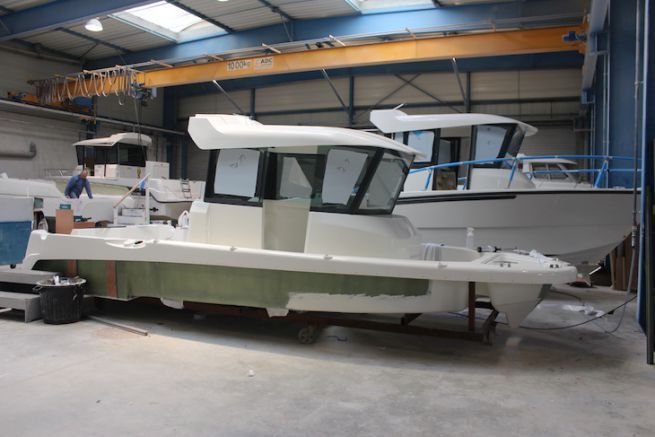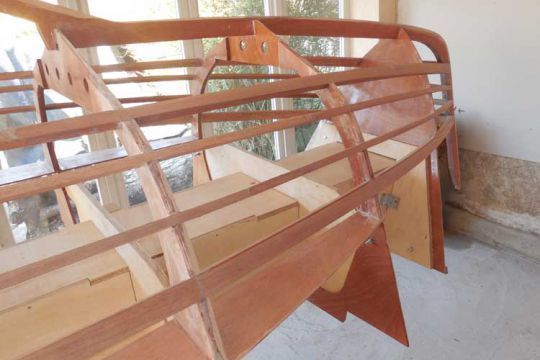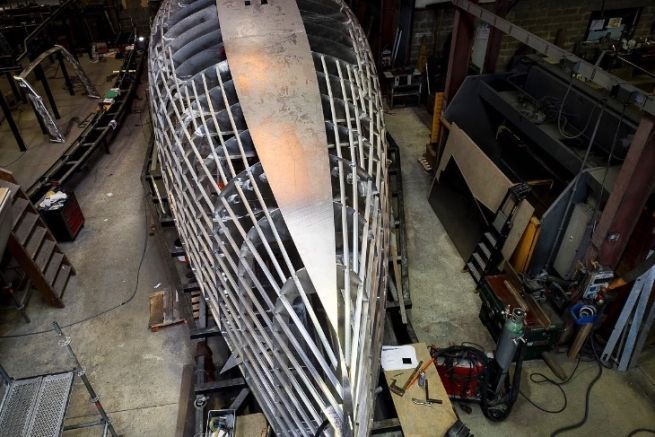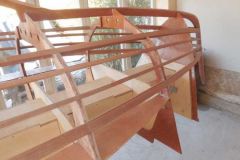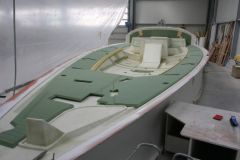Composite construction consists of using a resin - often polyester - reinforced with fibreglass, kevlar or carbon fibre (more expensive, but lighter) applied in a mould to form the skin of your boat. The exterior is protected by gelcoat.
Two construction methods
There are two different methods for a polyester construction:
- Monolithic construction (resin and fiber reinforcement)
- Sandwich construction (a soul is caught between the two monolithic skins).
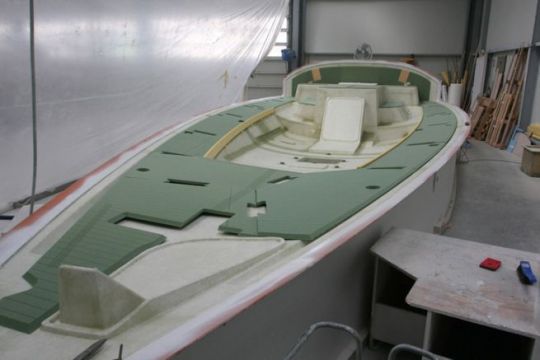
The sandwich allows to gain in weight/stiffness ratio if the right core is chosen. This can be made of foam (PVC, PET...) which is less water-resistant, balsa wood (light wood, but less water-resistant) or honeycomb for racing boats.
There are also two methods of applying the resins - contact (roller, brush) or infusion. The latter method allows you to gain in strength/weight, as the right amount of resin is used. It is also easier to use for larger boats.
Composite construction has many advantages, starting with the low cost of production, but above all with the possibility of reproducing a model at will thanks to this moulding technique. It is therefore useful for mass production sites.
On the other hand, monolithic boats are quite heavy, but don't cost too much to build. This is why it is the material used for large series.

 /
/ 